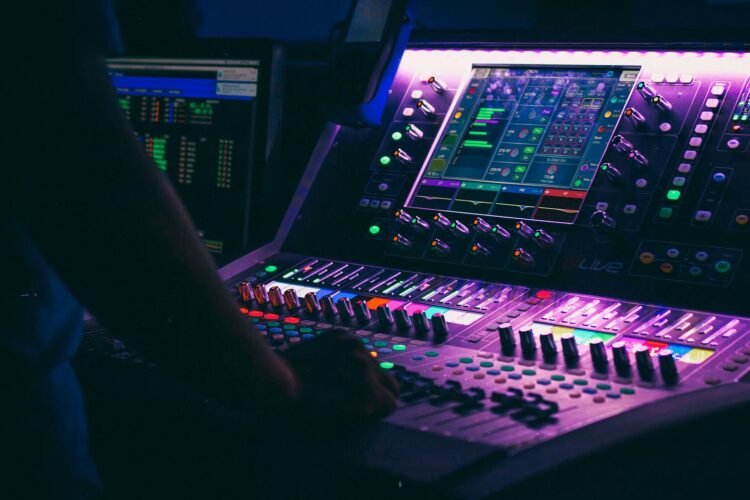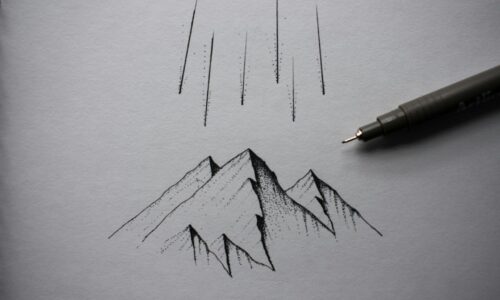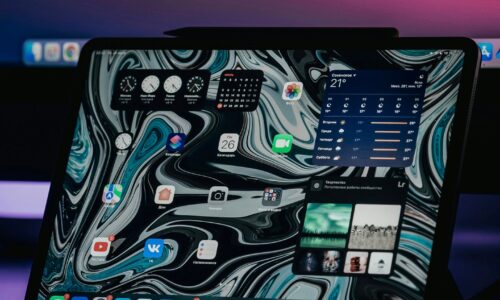Imagine walking into an art gallery. You’re greeted by the usual: oversized paintings, some sculptures, maybe even an abstract installation or two. But wait! What’s that? You hear something — sounds, melodies, murmurs? That’s right, in 2025, sound isn’t just for the music world, it’s making its grand entrance in art galleries. Welcome to the world of soundscapes, where art isn’t only a feast for your eyes, but also for your ears. And guess what? You might never look at a gallery the same way again.
The New Art of Sound
If you thought art was just about paintbrushes and chisels, you’re behind the times. Artists are now teaming up with sound designers and music brands to create full sensory experiences that blend sight and sound in a way that’s more immersive than ever before. Picture this: a room full of breathtaking visuals, paired with soundscapes that bring the entire exhibit to life. It’s not just art, it’s an experience that makes you want to stay in the gallery all day… but not because you’re pretending to understand the deeper meaning of a painting. It’s because the atmosphere is mesmerizing.
What Is a Soundscape Anyway?
Great question. Let’s break it down. A soundscape is essentially a sonic environment — the sounds you experience in a particular place. Think of it as the soundtrack to a specific moment in time or space. Soundscapes can be natural, like the sound of rain in a forest, or artificial, like the hum of city traffic. In art galleries, soundscapes go beyond mere background noise. They’re deliberately crafted to evoke emotion, heighten the visual art, and immerse the viewer deeper into the story or concept being presented.
So, instead of just standing there in front of a sculpture of a horse made out of shredded paper and wondering how that’s art, the sound surrounding you is enhancing the experience. Maybe you hear a galloping sound, maybe it’s the whinny of a horse. Maybe it’s a deep, resonating thud — just enough to make your heart race a little bit. That’s the magic of a soundscape.
Why Partner With Sound Designers or Music Brands?
So you’re an artist. Or a gallery owner. Or someone who’s just really tired of the same old quiet galleries and wants to spice things up. How do you start incorporating sound into your exhibits? Well, that’s where sound designers and music brands come in. These professionals are the sound architects who help transform a regular art space into a full-blown sensory extravaganza.
Think of them as the chefs behind your sound buffet. They’ll use sound effects, music, and even ambient noises to match the mood of the artwork. So, instead of walking past a painting and casually glancing at it, you’ll be feeling it through your ears, too. But how do you partner with them? Here’s how:
- Find the Right Sound Designer: Not all sound designers are the same. Some specialize in film, others in theater, and others still in gaming or art. For a gallery, you’ll want someone who’s worked with installations or live art. Someone who knows how to create sonic landscapes that complement the visual artwork. Search for designers with a portfolio that shows their creativity and ability to craft unique sound experiences.
- Collaborate with Music Brands: Music brands can bring a whole new dimension to your soundscapes. Brands like Sonos or Bose provide premium sound systems that can create rich, immersive audio experiences. Collaborating with these companies can also help you elevate your project with top-tier equipment, making sure the sound in your gallery isn’t just an afterthought but an integral part of the experience.
- Create a Unified Vision: The key to a successful soundscape is synergy. The visual art and sound need to complement each other. If the artwork is tranquil and peaceful, the sound should follow suit — think gentle piano notes or the sound of a distant bird. If the artwork is bold and aggressive, the sound might be more intense, like industrial noises or heavy beats. It’s about crafting a world where your audience’s senses work together to deliver the full experience.
- Play with Volume and Space: Soundscapes work wonders when they aren’t just a static part of the gallery. Moving between different spaces, the sound can evolve. Maybe you’re standing in front of a painting, and the sound is soft, almost like a whisper. Then, you step closer, and the sound grows in intensity, becoming more immersive. The key is dynamic sound design — sound that reacts to the viewer’s movements and keeps them engaged.
- Interactive Soundscapes: If you want to go really bold, you can make the soundscape interactive. This is especially great for immersive exhibits where the viewer is encouraged to move around and explore. Imagine a scenario where the sound responds to the position of the viewer, or even their actions. A painting could trigger a sound when you approach it, or the rustling of leaves could grow louder the closer you get to a particular installation.
Turning Sound Into Art
Why should galleries consider adding soundscapes? For starters, it’s a unique way to stand out in the art world. Let’s face it, how many times can you see the same type of art, hanging silently on a wall? Sound can open new doors for artists, pushing them to think outside the canvas. It’s not just about creating something to look at; it’s about creating something that demands your full attention — something you can hear, feel, and experience.
Plus, soundscapes can help tell a story in ways that visuals alone can’t. Imagine a gallery where each room has its own theme, and the sound changes to fit the story. For example, a room focused on memory could have ambient noises from childhood — laughing, footsteps, doors creaking. Another room focused on conflict could have the sounds of a distant war. Sound can carry the emotional weight of an exhibit in ways a brushstroke never could.
Where to Start
There are plenty of sound designers out there who specialize in these kinds of projects. You could look into brands like SoundCloud for partnerships with artists or check out companies like Ableton for software that helps create these auditory masterpieces.
For a more specialized touch, ART+COM Studios offers incredible sound design services for immersive experiences in galleries, and Bose Professional provides top-tier audio systems perfect for any soundscape. Don’t forget to do your research and find the sound collaborators who vibe with your artistic vision.
In Conclusion: The Future of Art Is Heard, Not Just Seen
The gallery world is evolving. Artists and curators are realizing that art isn’t just for the eyes; it’s for the ears, too. Soundscapes are the perfect way to make art more immersive and memorable, turning each exhibit into a multisensory experience that resonates with viewers on a deeper level.
So, next time you step into an art gallery, take a moment to listen. The future of art may just be a lot more audible than you thought.
soundscapes, sound designers, music brands, auditory experiences, immersive art, art gallery, sound design, sensory experience, sound architects, Sonos, Bose, interactive soundscapes, art installations




